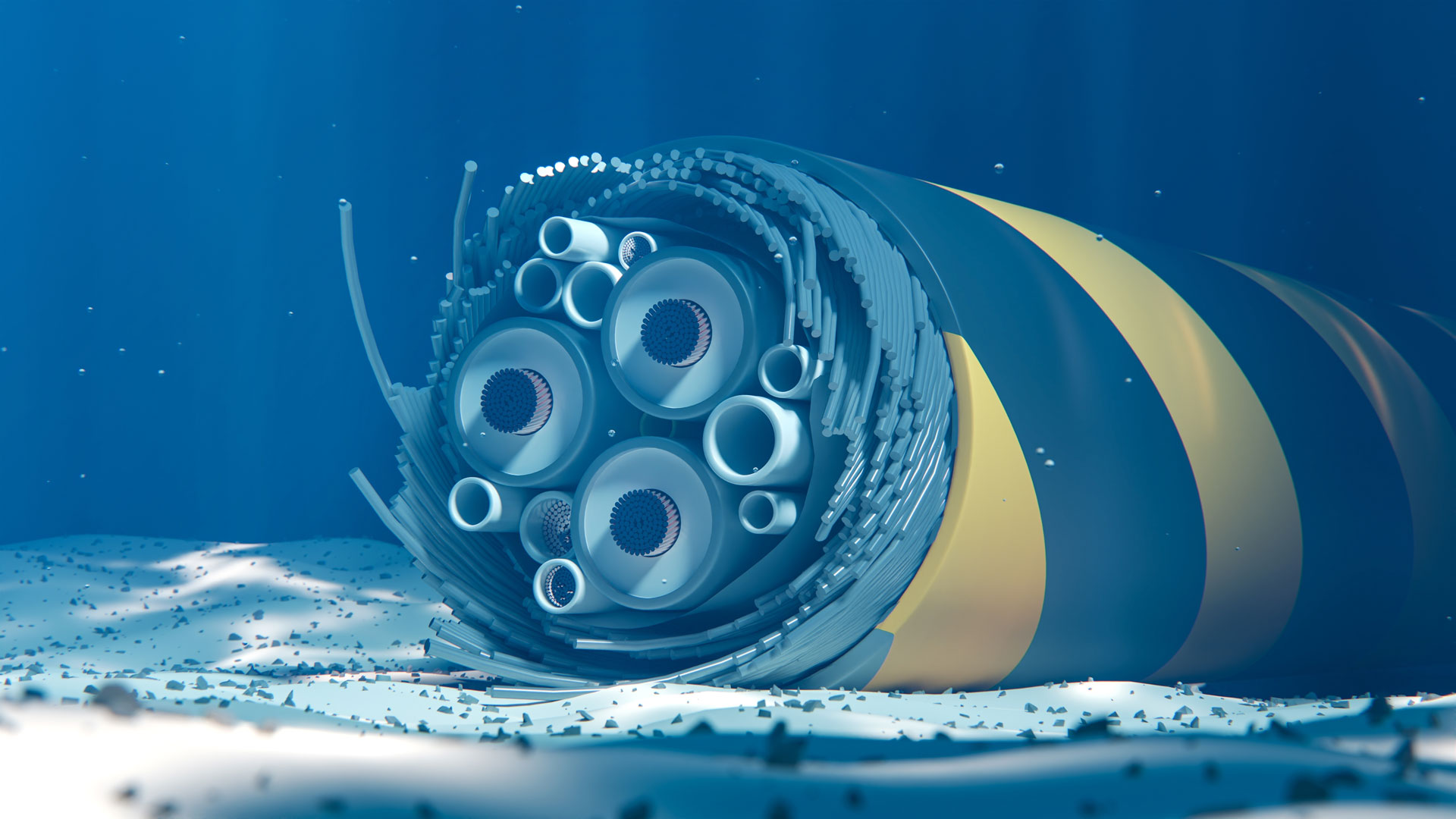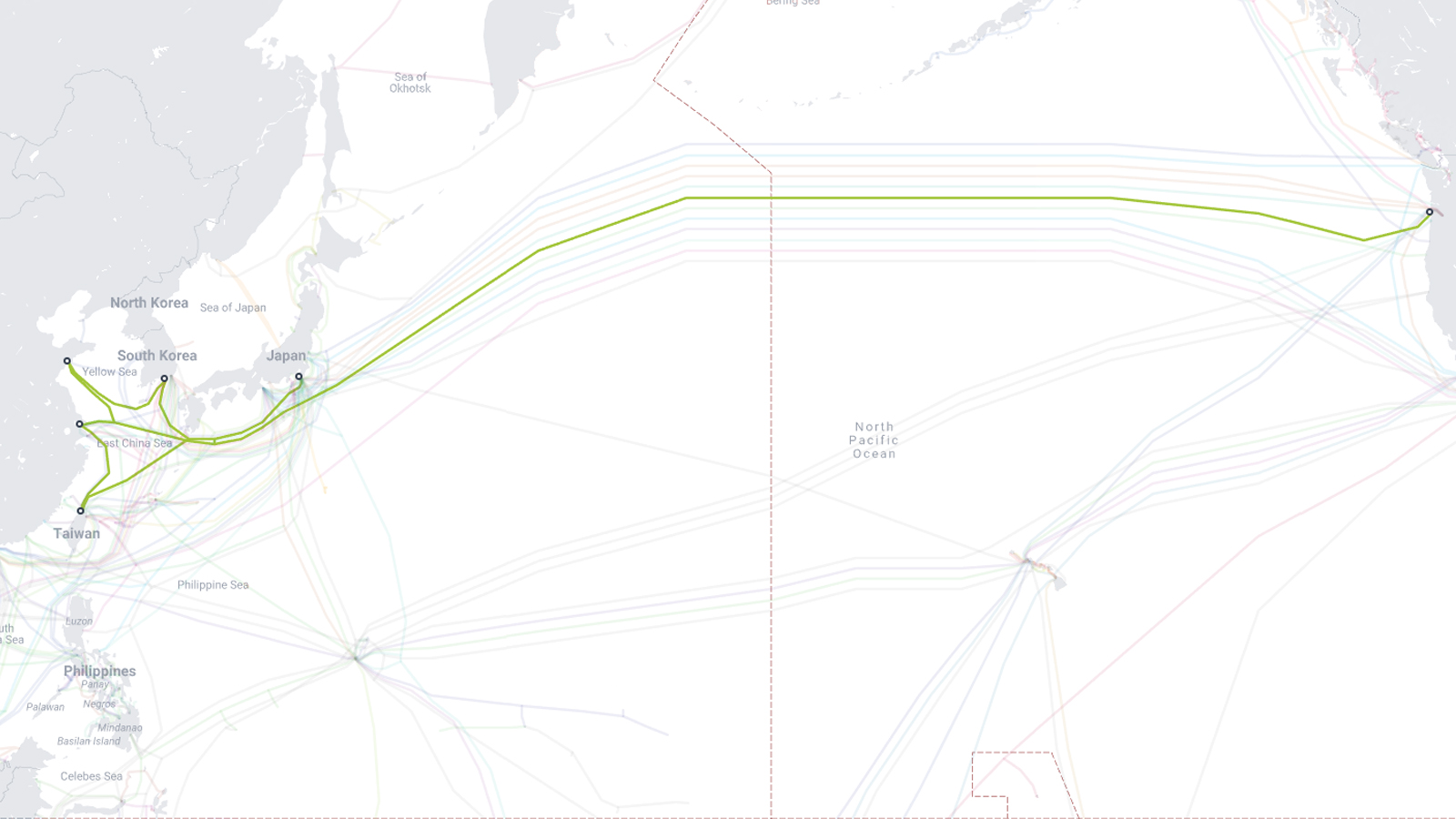
Taiwanese telecommunications company Chunghwa Telecom and the Taiwan Coast Guard reported last Saturday, January 4, that the Trans-Pacific Express Cable System, which directly connects Taiwan to the U.S. East Coast, Japan, South Korea, and China, has been damaged by a Cameroon-flagged freighter named Shunxing39. However, although the ship is registered in the West African country, Taiwanese officials say that the cargo ship is owned by Jie Yang Trading Limited—a Hong Kong-registered company—and lists Guo Wenjie, a mainland Chinese citizen, as its sole director, according to a Financial Times report.
Shungxing39’s tracking data showed that it dragged its anchor at the site of damage to the cable and that it has also been operating close to Taiwan’s northern waters since December. “This is another case of a very worrying global trend of sabotage against subsea cables,” said a senior Taiwanese national security official. “The ships that are involved in these incidents are typically rundown vessels that have little above-the-board business. This one, too, is in very bad shape. It is similar to the ships that are part of Russia’s ‘shadow fleet.’” He also suggested that the track the suspected ship took means that this was a deliberate act and not an accident.
The Taiwanese Coast Guard has conducted an external inspection of the Shungxing39 and talked to its captain on the radio. However, rough weather made it impossible to board the ship during the incident, and the country has not yet had time to seize it for further investigation. Because of this, Taiwan is asking for assistance from South Korean authorities, as the ship’s next port of call is Busan.

This is the latest incident in several months where a ship with questionable registration or ownership is suspected of deliberately cutting an undersea communications cable. The first one was in November, when a Chinese bulk carrier, Yi Peng 3, reportedly cut two cables connecting Finland and Sweden to Central Europe. Another incident happened on December 25, when an oil tanker suspected of belonging to Russia’s shadow fleet damaged an undersea power cable and communications cables between Finland and Estonia.
Undersea cables are marked on most shipping charts to ensure vessels do not accidentally damage them when deploying their anchors. However, it seems that it’s recently being used to deliberately target these vulnerable infrastructures, so NATO is planning to deploy sea drones to help monitor and protect these cables. Unfortunately, Taiwan is located on the other side of the globe, so it must create its own solution to this threat.
Defending its interests is far more crucial for the island nation as its bigger neighbor, the People’s Republic of China, claims sovereignty over the entire island. The latter has threatened to invade Taiwan to put it under its control forcibly, and one of the openings of any invasion is communication disruption.
Aside from this physical act of cutting a key communications cable, Reuters has also reported the Chinese cyberattacks on Taiwan’s government have averaged about 2.4 million times a day—double the daily average in 2023. Taipei is concerned with these moves; although they fall below the threshold of outright aggression and open attack, they still make it harder to defend the island if China mounts a full-scale invasion.







